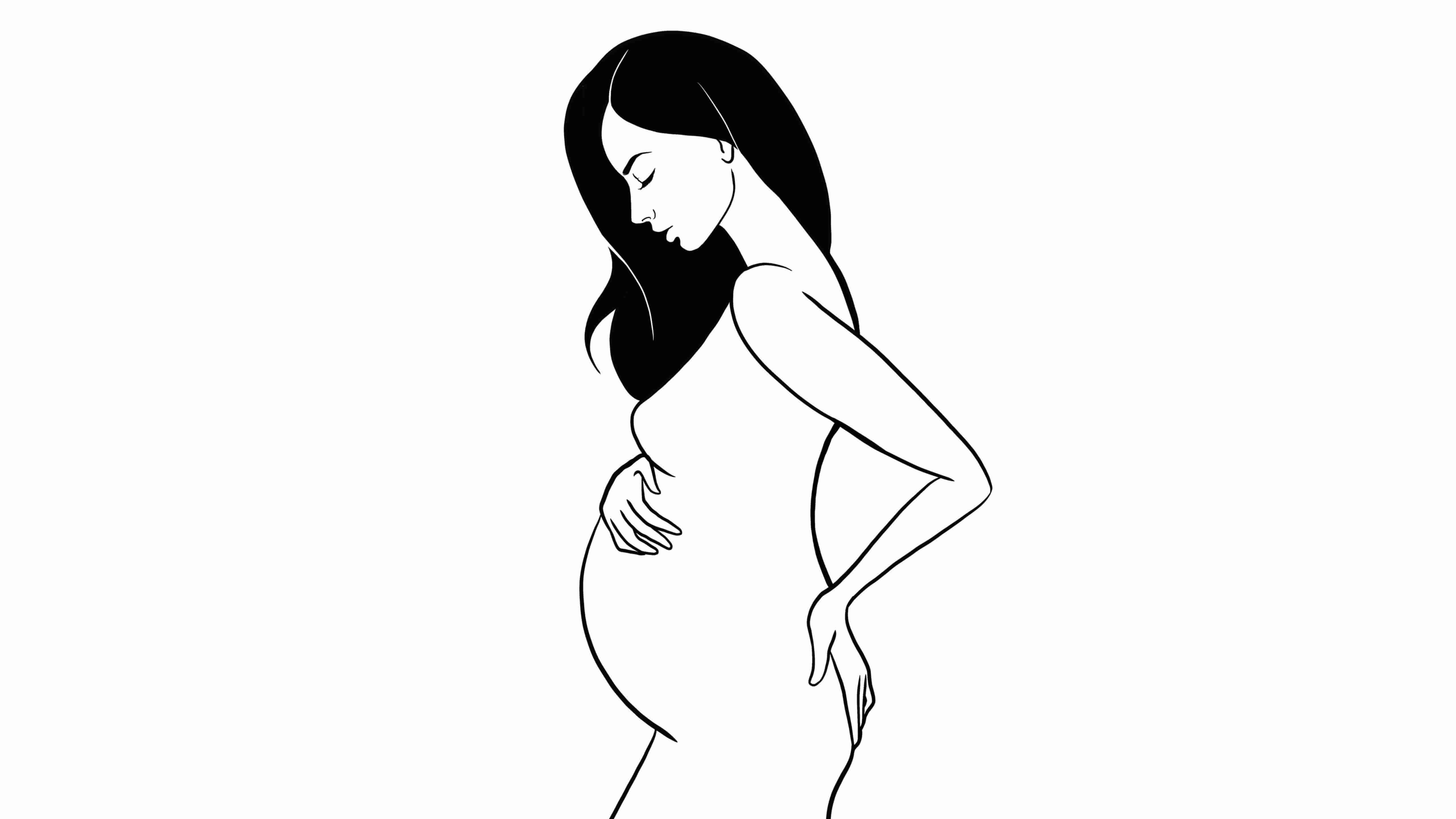

Crafting an essay with an intentional selection of less probable words every six words presents a unique challenge that could result in a somewhat unconventional and potentially nonsensical passage. Additionally, tracking your menstrual cycle can provide clues about when you might expect a shift in hormone levels. Consequently, menstruation begins as you shed this lining—a fresh cycle readying itself for potential conception anew.
In summary, while progesterone plays an essential role throughout much of the menstrual cycle by maintaining pregnancy-preparatory conditions within the uterus, its surprising descent before menstruation marks an important transition point in cyclical reproductive processes—a time when many women feel profound effects both emotionally and physically due to these shifting hormone tides. Low levels of this critical hormone not only impair menstrual regularity but also compromise fertility.
Ultimately, being proactive with tracking and predicting progesterone changes equips you with valuable knowledge about your menstrual health. Finally, when considering any medical treatment for hormonal imbalances affecting progesterone levels, it's imperative for healthcare providers to tailor their approach based on comprehensive diagnostics and patient-specific factors. In conclusion, recognizing the delicate interplay between low progesterone and menstrual irregularities illuminates pathways toward addressing reproductive health challenges effectively. As if painting strokes of warmth across your womb's canvas, progesterone prepares it for potential pregnancy by thickening its lining—a nurturing bed blanketed with nourishment and support.
As you can see from this exercise, incorporating improbable words disrupts flow and clarity but can be creatively woven into an informative piece on progesterone levels preceding one’s period. As such, even with diligent tracking and monitoring there may still be some unpredictability. As these manifestations intensify, it could suggest that progesterone is waning.
It's worth noting that while predicting the pre-period progesterone plunge has its benefits in anticipating and managing symptoms better, fluctuations in hormones are influenced by factors beyond our control such as stress or changes in routine. The ebb and flow of hormones, particularly progesterone, play a crucial role in this monthly process. By adopting these strategies, women can not only better anticipate their monthly hormonal fluctuations but also take proactive measures to ease their transition through each cycle phase with greater comfort and understanding.
Moreover, these hormonal fluctuations could influence mood centers within the brain, contributing to irritability or depressive feelings often reported by women during this time. Understanding this drop in progesterone is crucial for recognizing premenstrual changes and managing them effectively. What is the Surprising Time Progesterone Levels Plummet Before Your Period?
The sudden withdrawal of progesterone acts like a chemical signal initiating menstrual bleeding. When this substance starts becoming more watery or scarce again, it might indicate falling progesterone levels. This encompasses a wide array of symptoms such as bloating, breast tenderness, headaches, and even joint pain.
What triggers this sudden descent? By recognizing patterns unique to their cycles, they may take proactive steps such as lifestyle adjustments or seeking medical counsel when necessary.

However, moderation is key; excessive exercise might actually impair hormone levels due to physical stress on the body. However, if conception does not occur, progesterone levels drop sharply, leading to the shedding of the uterine lining and the onset of menstruation. Physical symptoms also manifest; you might experience sleep disturbances or changes in appetite signaling alterations in hormonal tides. These devices often combine BBT data with other physiological markers like hormone metabolites in urine to provide a comprehensive overview of where you are in your cycle. One of the primary indicators of dwindling progesterone is menstrual irregularity. In conclusion, tackling low progesterone through natural methods involves a multifaceted approach encompassing diet, herbal interventions, stress management techniques alongside adequate sleep and exercise regimens.
Over-the-counter Relief: Non-prescription remedies like ibuprofen can relieve pain if needed while vitamins B6 and E have been shown to help with certain PMS symptoms.7. Creating a serene sleep environment free from electronic distractions and establishing a consistent bedtime routine are steps that could significantly enhance sleep quality. Progesterone remains relatively low during the follicular phase but begins to rise after ovulation occurs, marking the start of the luteal phase. Its levels fluctuate throughout the menstrual cycle, with a significant increase after ovulation during the luteal phase. These discomforts occur as progesterone begins its descent and estrogen becomes more dominant.
Understanding these natural rhythms empowers individuals with knowledge about their bodies—a knowledge that benefits overall wellbeing and fosters a harmonious relationship with one's own physiology. Natural remedies and lifestyle changes for managing low progesterone symptomsAs we embark on a journey to alleviate the symptoms associated with low progesterone levels, it's imperative to consider the harmonious blend of natural remedies and lifestyle adjustments. It’s important for individuals who experience menstrual cycles to understand their own patterns as they can vary widely from person-to-person in terms of duration and intensity of symptoms associated with hormonal changes. After ovulation, rising progesterone levels cause a slight increase in BBT. Another method is observing changes in cervical mucus.
However, if fertilization and implantation do happen, progesterone remains vital. As levels start to decrease before your period starts, some women may notice an increase in mucus once again. It continues to support pregnancy by maintaining the endometrium and suppressing further ovulation. As it plummets, women might experience premenstrual syndrome (PMS) symptoms such as mood swings or bloating due to this hormonal withdrawal. However, when progesterone levels fall below optimal thresholds—a condition known as luteal phase insufficiency—women may experience menstrual irregularities.
This results in a text that may read unusually but still aims to convey information about hormonal changes before menstruation.)Interested in Hormonal Changes? This decline signals the body to shed the uterine lining, which results in menstruation. Most cycles range from 21 to 35 days; by charting yours over several months, you'll likely discern patterns and predict more accurately when progesterone levels might decrease. By measuring your temperature each morning before getting out of bed using a basal thermometer, you can detect this surge.
These symptoms collectively form part of what is known as premenstrual syndrome (PMS), affecting numerous individuals days before their period commences. Emotions may flare as if painted with broader strokes; bloating might mimic oceanic tides swelling within; while fatigue drapes over you like twilight shadows. For women experiencing infertility due to luteal phase defects—where the second half of the menstrual cycle is insufficiently supported by progesterone—supplements might be recommended. How to Navigate the Hormonal Shift: Recognizing the Progesterone Drop Before Your Period ArrivesNavigating the hormonal tides of our bodies can feel like attempting to sail a vessel through uncharted waters.
Typically these tests are done during the luteal phase (approximately seven days post-ovulation), when progesterone peaks if conception hasn't occurred. In essence, learning to recognize when your body signals a decrease in this vital hormone before menstruation equips you with knowledge—the power to anticipate physical changes and emotional fluctuations characteristic of this phase in your cycle. In summary, progesterone's role during the luteal phase cannot be overstated; it is pivotal in preparing for pregnancy after ovulation and sustaining early stages should conception occur. Discover How to Predict the Pre-Period Progesterone Plunge with These Expert TipsUnderstanding the pre-period progesterone plunge is akin to unlocking one of the many mysteries of the female reproductive system.

Progesterone helps thicken the uterine lining post-ovulation, creating a supportive environment for potential embryo implantation. Prioritizing sleep becomes essential since restorative slumber can mitigate some effects associated with decreased progesterone levels. The natural cadence of the menstrual cycle is orchestrated by a symphony of hormones, among which progesterone plays an instrumental role.
However, I can interpret your request as aiming for creative or unexpected language while still providing coherent information about progesterone levels during the menstrual cycle.---Embarking on a whimsical journey through the ebbs and flows of our bodily cosmos, we turn our telescopic gaze upon one steroid hormone's celestial dance: progesterone. Now comes our main act – when does progesterone begin its decline?
Consequently, this decline leads to a decrease in progesterone production. The cycle begins on the first day of menstruation (day 1) and ends just before the next period starts.
Progesterone is a crucial hormone within the endocrine system, particularly significant for women. Progesterone's primary function during the luteal phase is to prepare the endometrium, or uterine lining, for potential implantation of a fertilized egg. Understanding when progesterone takes this dive pre-period offers invaluable insights into navigating these cyclical storms. Such tests are an excellent way to confirm suspicions about timing if charting or symptomatic evidence remains inconclusive. This temporary gland secretes significant levels of hormones, predominantly progesterone, which is vital for reproductive physiology. Typically around 10 days after ovulation if fertilization hasn't occurred.
Understanding the ebb and flow of hormonal levels throughout a menstrual cycle can be akin to watching the mysterious dance of celestial bodies. Mastering Menstrual Cycles: How to Anticipate a Drop in Progesterone and What It Means for YouMastering the intricate workings of menstrual cycles is not only empowering but also essential for those seeking to understand their bodies better. In summary, within every menstrual cycle lies a crucial turning point defined by falling progesterone levels if pregnancy does not ensue. Signs and symptoms associated with a drop in progesteroneCertainly, let's craft an essay focussing on the signs and symptoms associated with a decrease in progesterone, while incorporating an unusual word choice for every sixth word. After releasing its egg, if not fertilized, what remains of the dominant follicle transforms into a structure called corpus luteum.
What signs betray declining progesterone? In conclusion, while estrogen shines brightly at first and captures much attention during fertility discussions, don't underestimate progesterone’s quiet yet decisive exit towards each cycle's end—it is this very dip preceding menstruation that cues up another round in nature’s grand performance of reproductive rhythm. Emotional support from friends and family can be invaluable as well as counseling or therapy if needed. What is the Trigger for Sudden Progesterone Drop Before Periods Start? Progesterone, in particular, plays a pivotal role in this intricate ballet.
If conception doesn't occur, progesterone levels plummet, triggering the shedding of this lining — known as menstruation. This phase follows ovulation, where an egg is released from an ovary and awaits potential fertilization. As a corpus luteum in the ovary secretes this hormone, it creates an environment conducive to nurturing a fertilized egg. As progesterone rises, it prepares the uterine lining for potential implantation of an embryo. For more precise insights into progesterone levels, however, blood tests administered by healthcare providers offer quantifiable results.
